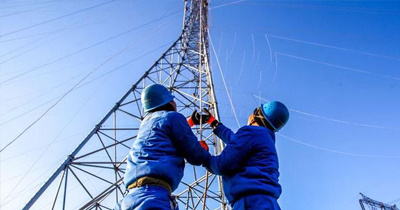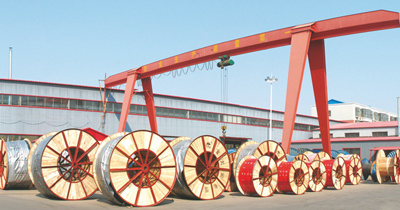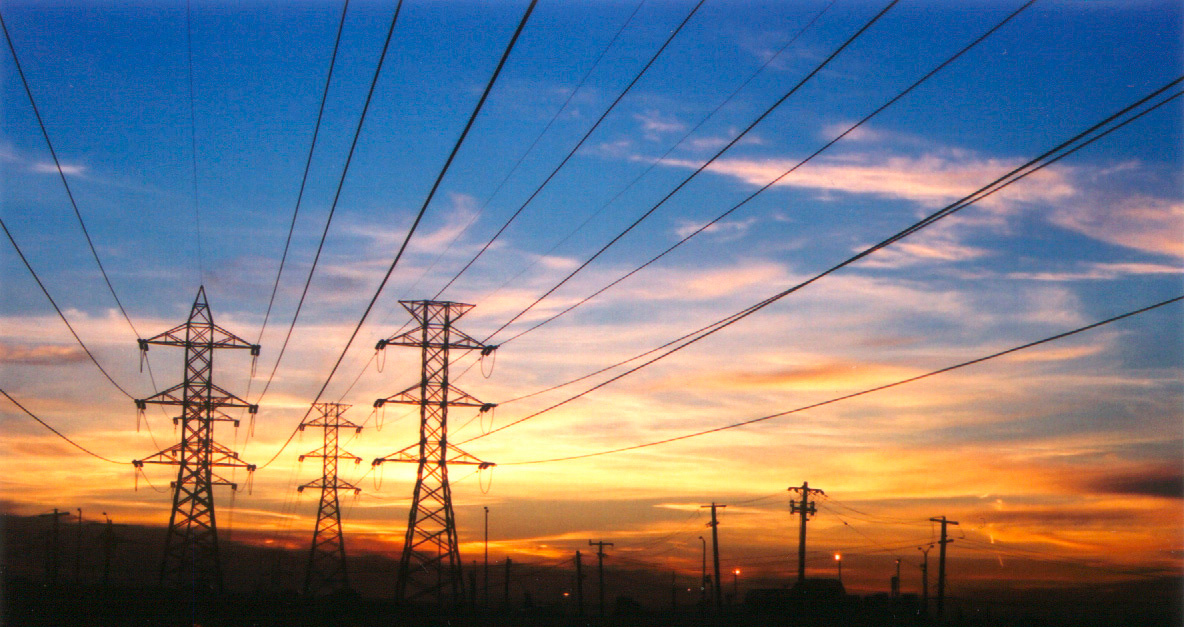Analyze how to improve the pass rate of fire-resistant cables in fire-resistance tests.
In recent years, the usage of fire-resistant cables has been steadily increasing, primarily because users have come to recognize their superior performance. At the same time, the number of manufacturers producing these cables is also growing rapidly. However, ensuring that the quality of fire-resistant cables remains consistently reliable over the long term is of utmost importance. Typically, when developing fire-resistant cable products, some companies first produce a small trial batch, submit it to accredited national testing institutions for certification, and only proceed with full-scale production after receiving the official test reports. Meanwhile, a few cable manufacturers have taken matters into their own hands by setting up their own in-house fire-testing laboratories. It’s worth noting that fire-resistance testing serves as a critical check on the actual performance of the cables produced using a specific manufacturing process. Yet, even with identical production methods, slight variations in cable performance can still occur across different production runs. For companies manufacturing fire-resistant cables, achieving a 99% pass rate in fire-resistance tests might seem impressive—but this still leaves a 1% margin of potential risk. And for end-users, such a 1% risk translates directly into a 100% safety hazard. To address these challenges and further enhance the reliability of fire-resistant cables, the following sections will explore practical strategies for improving test-pass rates—covering key aspects such as selecting high-quality raw materials, carefully choosing appropriate conductor types, and implementing rigorous process controls throughout production.
1. Uses copper conductors
Some manufacturers use copper-clad aluminum conductors as the cable conductor cores, but for fire-resistant cables, copper-clad aluminum conductors are not suitable—copper conductors must be used instead.
2. Circular compacted conductors should be used.
For circular conductor cores with axial symmetry, the mica tape wraps tightly in all directions after application. Therefore, a tightly compacted circular conductor is ideally suited for the conductor structure of fire-resistant cables.
The reason is as follows: Some users initially suggested using stranded flexible conductors, prompting companies to communicate with customers about switching to circular compacted conductors from the perspective of cable reliability. Stranded and double-stranded flexible structures can easily damage the mica tape insulation—a critical issue for fire-resistant cables. However, some manufacturers argue that since customers may not fully understand the technical nuances of cable design, manufacturers should simply meet their specific requirements. After all, cables are directly tied to human safety and well-being. Therefore, cable manufacturers must clearly explain these technical considerations to their customers. Additionally, fan-shaped conductors are also unsuitable because the mica tape wrapping pressure in this design is unevenly distributed, increasing the risk of scratches and mechanical damage—both of which can compromise electrical performance. Moreover, from a cost standpoint, the perimeter of a fan-shaped conductor’s cross-section is larger than that of a circular conductor, leading to higher consumption of the valuable mica insulation material. Although the outer diameter of the circular-conductor cable does increase slightly, the overall use of PVC sheathing material also rises. Yet when factoring in both material costs and manufacturing expenses, the circular-conductor design ultimately proves more economical in the long run. Based on this analysis—both technical and economic—the circular conductor structure remains the optimal choice for fire-resistant power cables.
Tags:
Related News
Primary applications of low-smoke, halogen-free cables










